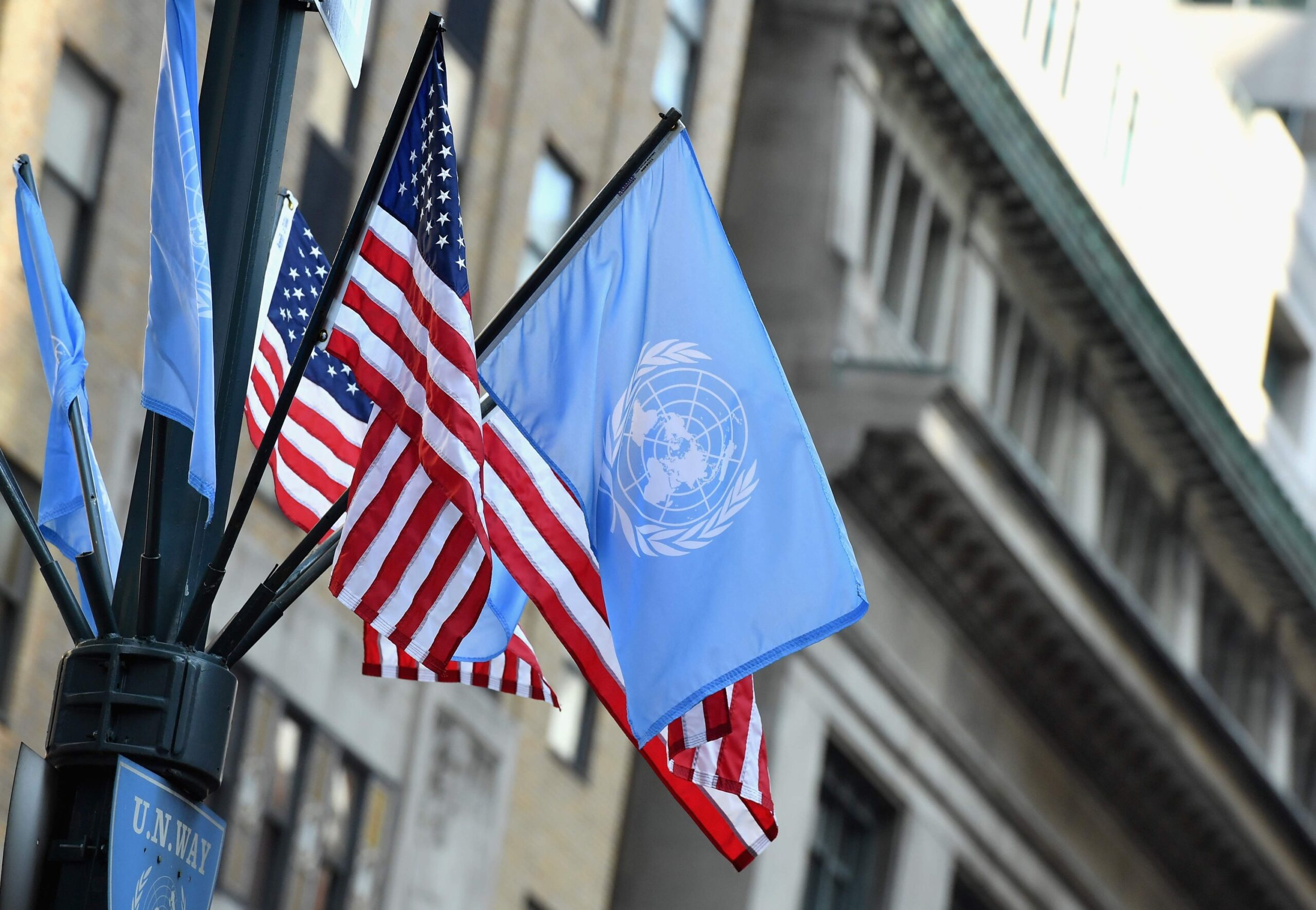Sustainable Fashion Week with Global Goal Ambassador Jhazzmyn Joiner
Jhazzmyn Joiner is a poet, musician, philanthropist, and a UNA-USA Global Goal Ambassador for Sustainable Development Goal 13 Climate Action. As a Georgia Tech alumna with a B.S. in Literature, Media, and Communication Jhazzmyn recently conceptualized and hosted Sustainable Fashion Week on the @UNAUSAYouth Instagram to promote sustainable fashion brands, climate activists, and designers.
Throughout the week, Jhazzmyn highlighted the important role of sustainable supply chains and the diversity of the global movement achieving Sustainable Development Goal 13. The Sustainable Fashion Week showcased various fashion brands such as Vivienne Westwood, Stella McCartney, and JW Anderson that have incorporated sustainability into their company vision, mission, and values. Eileen Fisher an American clothing designer and the founder of the Eileen Fisher brand, whose vision is to reduce its greenhouse gas emissions by 2025. Jhazzmyn also showcased lesser-known brands such as Meraki & Nat. Natalie Koenig, founder of this upcycled clothing brand, stated that “Meraki & Nat was started after Covid-19 hit the United States which forced thrift stores to close. I was selling vintage pieces at the time and had a pile of clothes that weren’t selling. So, I decided to teach myself how to sew and instantly fell in love with the craft.”
“Everything I use to create my garments comes from 100% recycled, thrifted materials.” – Natalie Koenig, Meraki & Nat
Jhazzmyn Joiner highlights the intersectionality and diversity of sustainable fashion, providing articles and resources on Black-owned sustainable brands in fashion, beauty, and lifestyle. Sustainable fashion brands supply an array of locally-sourced, and ethically made products in clothing, handbags, and jewelry. Such as Devi Collective an ethical jewelry company, all its products are made in Vancouver with recycled sterling silver, gold, and gemstones. Sustainable Black-owned beauty brands highlighted in the article included Hanahana Beauty, a skincare brand committed to empowering women of color with handcrafted all-natural products.
On Day 2 of Sustainable Fashion Week, Jhazzmyn interviewed Monica Jahan Bose, a Bangladeshi-American artist and climate activist whose work includes painting, film, photography, printmaking, performance, and interdisciplinary projects. Monica received her B.A. in mathematics and painting from Wesleyan University, and a law degree from Columbia Law School. She is the creator of STORYTELLING WITH SARIS, a long-term collaborative art, and advocacy project with her ancestral village of Katakhali, Bangladesh. In 2019, she created the massive public art project WRAPture, covering five buildings in Washington D.C. with 65 collaborative saris. In her interview with Jhazzmyn, Monica spoke on the sustainable properties of saris, a woman’s garment originating from South Asia the sari is 6 meters or 18 feet of unstitched fabric and is about 4 yards wide, and because they’re unstitched, you can keep them forever because the size is adjustable. For Monica the sari represents “women’s bodies and continuity of life on our planet,” but Monica chooses to use them as an art material because it’s one of the most sustainable fashion items, “saris are never thrown away and are passed to friends or your daughter, grandmothers pass them onto their granddaughters, and when they get worn out and they are cut down to smaller sizes and layered in three, and are used as shawls or baby blankets.”
As Sustainable Fashion Week comes to a close, Jhazzmyns reflects on the experience, “I thoroughly enjoyed the week, interactions from people who follow the account and learning more myself. It was a learning experience for me. As I did the research, I learned about brands and the amazing work they’re doing to mitigate climate change. I fell in love with the brand Happy Earth. I got to highlight some of my favorite brands. I also got to meet Monica Jahan Bose, a legend. I can’t wait to meet her in person. She’s doing so many amazing things in the community, using art to discuss climate change. I think it’s important to know and understand that intersection. I am so thankful to Robin Happel, Monica Jahan Bose, Anna Mahalak, Katie Wilhelm, and Saiarchana Darira, and anyone else I may have forgotten to mention who made sustainable fashion week possible. It was a pleasure!”



